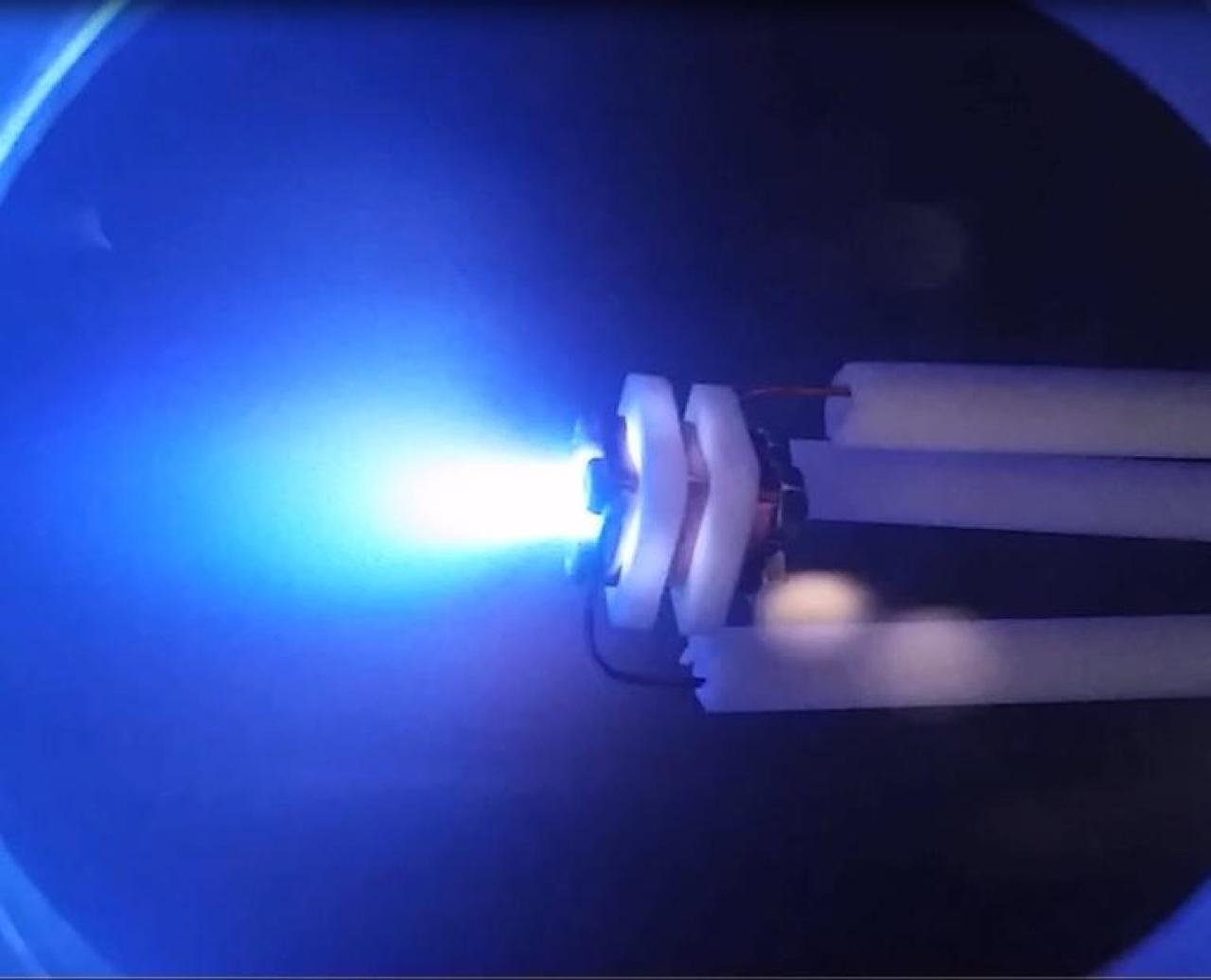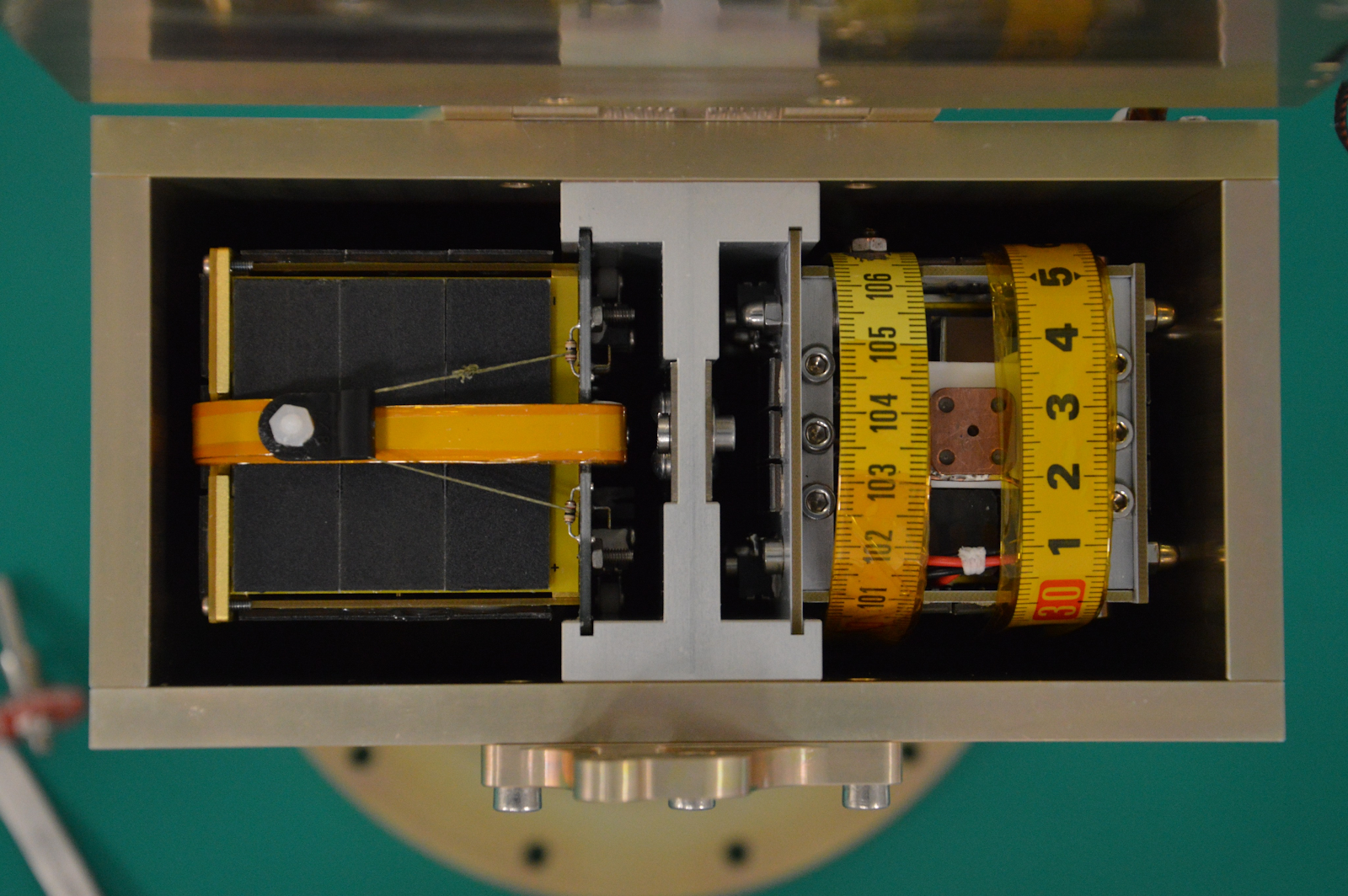Coraline Ada Ehmke has released the Hippocratic License, at https://firstdonoharm.dev/
This is an entirely well-meaning effort and I applaud her sentiment. It just won’t work and is, IMO, a bit simplistic and self-contradictory for reasons I will discuss.
I first encountered a license like this about 25 years ago, attached to the Berkeley SPICE software by the University of California. That license prevented the use of the software by the Police of South Africa. By the time I encountered the license, Apartheid was long over and there were Black Police in South Africa. But they were still not allowed to use the SPICE software. Of course they never had any use for an analog electronic simulation package, so the license was symbolic in nature. But the discrimination inherent in the license meant the SPICE package was “non-free”. We put it in the “non-free” archive in Debian.
I was so impressed by the failure of that license that I wrote into the Debian Free Software Guidelines, later re-labeled as the Open Source Definition, rules preventing discrimination against persons, groups. and fields of endeavor. The first two, discrimination against persons and groups, sound a lot like Ms. Ehmke’s intent. The last, discrimination against fields of endeavor, similarly prevents discrimination, but is opposite to her intent. It’s this one that makes the Hippocratic license not Open Source, not that I am clear its proponents care about that.
Let’s go over the problematic terms. Here they are in entirety:
The software may not be used by individuals, corporations, governments, or other groups for systems or activities that actively and knowingly endanger, harm, or otherwise threaten the physical, mental, economic, or general well-being of underprivileged individuals or groups.
Emphasis mine. Obviously, I am not for hurting anyone of an underprivileged group. I am a member of several myself: I am mostly recovered from severe speech and movement handicaps, I am pathologically non-neurotypical, I am ethnically Jewish, I’m aged, I’m left-handed, I could probably come up with more.
The first problem with these terms is that we have a body of criminal law which is meant to prevent people from doing bad things. We also have a large body of civil law that is in general about harm to people and being made good through the courts. Rule of law is there to protect the underprivileged from the powerful. We have a huge process of discussing law, making decisions about law, and making law.
Because Ms. Ehmke isn’t satisfied with the existing laws, with good reason, the Hippocratic license tries to supplement the body of criminal law and civil law in a single sentence of terms in a copyright license.
Copyright law is about a set of reserved rights to copy a work, create derivative works, and to perform a work. A license is used to give people permission to use those rights. So, if you harm someone of an underprivileged group, according to Ms. Ehmke, you are infringing the copyright of the work, or violating the contract inherent in the license.
Unfortunately, It is unlikely that a court would actually enforce Ms. Ehmke’s terms in a way that would change the activities of a violator. Ms. Ehmke can get what she wants by lobbying for better law, and in that would have my support.
The terms are simply far more than could be enforced in a copyright license. To go over just a few of the legal problems, they are self-contradictory (as I will explain) and will be judged to be unclear by the court. There is no required performance in copyright that could be used for their enforcement, many of the entities that perform the objectionable acts are sovereign or otherwise not subject to copyright law, there is insufficient consent to her license.
Let’s go over some of the specific terms, and the problems with them.
We can start with the name. The Hippocratic license, named after an oath shortened as “do no harm”. Unfortunately, what is “harm” just isn’t that simple. The classical (not modern) version of the Hippocratic Oath includes this (translated):
I will neither give a deadly drug to anybody who asked for it, nor will I make a suggestion to this effect. Similarly I will not give to a woman an abortive remedy. In purity and holiness I will guard my life and my art.
Some versions prohibit birth control, not just abortion. Ms. Ehmke is probably pro-choice, as am I, but pro-life folks would contend that our conduct is immoral. And I would rather see a person with hopeless illness released with dignity from their pain, and hope that Ms. Ehmke would agree with me.
The point here is that the definition of what is ethical changes over time, from place to place, and from one individual to the next. Being an adult has often meant having to make your own ethical choices, even when they go against society. A proponent of the Feminist movement, as Ms. Ehmke is, should understand this.
This choice was faced by my father, who enlisted as an Army Reserve and was called up for both World War II and the Korean War. He went to Europe to kill nazis and fascists in the service of his country. Of course I am proud of his actions and support them, nazis and fascists were out to take away people’s rights and to kill Jews – meaning my entire family.
Because her definition of harm is limited to individuals of an underprivileged group, war is, by her definition, always harmful. The losers will be underprivileged, even when they have horribly violated the rights of others. So Ms. Ehmke’s license closes out a path by which nations and rebel groups work to liberate the oppressed. Not all war is unjust. Thus, Ms. Ehmke’s license is self-contradictory.
It is an unfortunate fact that all law ultimately is administered by the legally sanctioned use of a weapon or imprisonment by someone employed or deputized by a government, or the threat of such use. As a society, we protect people’s rights by hurting the people who violate them. We make judicious use of violence – never as individuals, but as a society.
Ultimately, nobody could enforce Ms. Ehmke’s license without harming someone, or at least threatening to do so. And it would be easy to make a case for that person being underprivileged. Thus, once again, Ms. Ehmke’s license is self-contradictory.
Let’s talk about economic harm. It is an unfortunate fact that all Open Source software economically harms someone. We can live with this because the collective economic benefit to all people is much greater than the harm to a few. We live in a capitalist society with economic competition. So, we can expect that when we make great Free Software, someone who makes, or might otherwise make, proprietary software becomes financially underprivileged, is harmed economically, and is unable to pursue the business and work she or he desired. And obviously, use of the software in a business that competes with other businesses leads to some of those competitors becoming underprivileged economically and economically harmed. And yet again, Ms. Ehmke’s license is self-contradictory.
So, unfortunately, this well-meaning effort doesn’t work, and these terms don’t belong in a license. I will happily support Ms. Ehmke in pursuit of legal reforms meant to achieve the protection of underprivileged people.
– Bruce Perens



